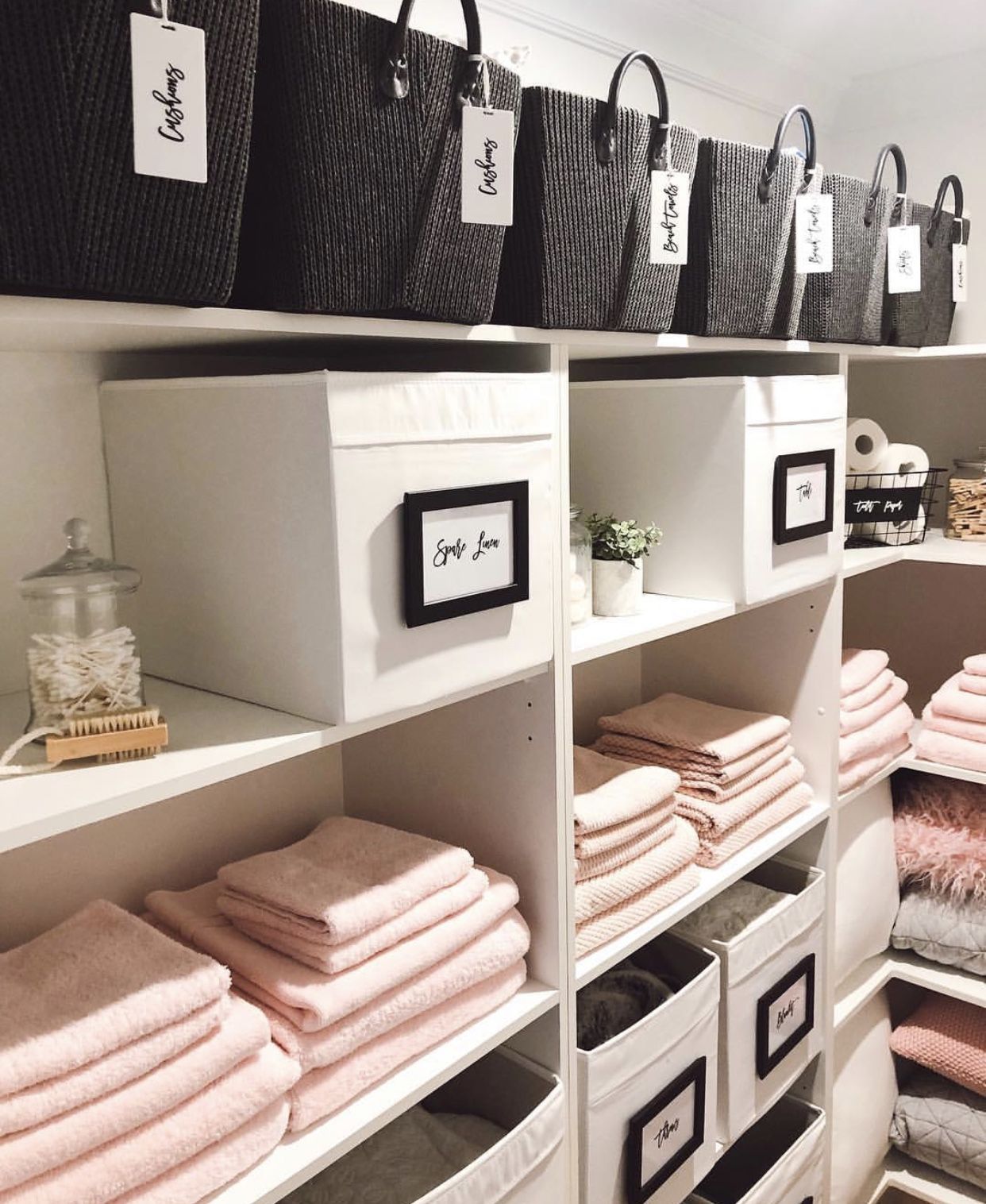

Articles
How To Organize Linen Closet
Modified: October 30, 2024
Learn how to organize your linen closet with our space-saving bedroom furniture. Simplify your life and maximize storage with these helpful tips.
(Many of the links in this article redirect to a specific reviewed product. Your purchase of these products through affiliate links helps to generate commission for Storables.com, at no extra cost. Learn more)
Introduction
Welcome to the ultimate guide on how to organize your linen closet! A linen closet is a place where chaos often reigns supreme – towels crammed in haphazardly, sheets tangled together, and random items taking up valuable space. But fear not, with a little planning and organization, you can transform your linen closet into a well-structured and efficient storage space.
Having an organized linen closet not only makes it easier to find and access the items you need, but it also adds a touch of serenity to your home. Imagine opening your closet doors to neatly folded towels, crisp and neatly stacked sheets, and a perfectly organized arrangement of linens – it’s like a breath of fresh air!
In this guide, we will walk you through the step-by-step process of organizing your linen closet. Whether you have a small linen closet or a spacious one, these tips and techniques can be tailored to suit your needs. So let’s dive in and get started!
Key Takeaways:
- Transform your linen closet into an organized oasis by assessing, purging, and categorizing your linens. Utilize vertical space and maintain order for a functional and efficient storage solution.
- Create designated zones, store by frequency of use, and choose the right organizing supplies to maximize space and accessibility in your linen closet. Regular maintenance ensures long-term organization.
Read more: How To Organize Shorts In A Closet
Assessing Your Linen Closet
Before you embark on any organizing project, it’s crucial to assess the current state of your linen closet. Start by completely emptying the closet to get a clear picture of what you’re working with. As you empty it out, take the opportunity to give the shelves a thorough cleaning. Now, let’s assess your linen closet:
- Evaluate your storage needs: Consider how many towels, sheets, blankets, and other linens you have. Think about your family’s needs and any special occasions that may require additional linens. This will help you determine the amount of storage space required.
- Assess the condition of your linens: Take a close look at your linens and assess their condition. Discard any worn-out or damaged items that can no longer serve their purpose.
- Consider accessibility: Think about how frequently you use certain items. Items that are used more frequently should be easily accessible, while those used less often can be stored in less accessible areas.
- Take measurements: Measure the dimensions of your linen closet, including the height, width, and depth. This will help you determine the types of organizational supplies you will need.
- Identify problem areas: Look for any specific areas in your linen closet that are causing disorganization or inefficiency. It could be a lack of shelving, too much wasted space, or items overcrowding each other. Identifying these problem areas will guide your organization process.
By thoroughly assessing your linen closet, you will gain a clear understanding of what needs to be done. You can then move on to the next step in the organizing process: sorting and purging.
Sorting and Purging
Now that you’ve assessed your linen closet, it’s time to tackle the sorting and purging process. This step is essential to declutter and make room for the items that truly belong in your linen closet. Here’s how to get started:
- Sort like items together: Begin by grouping similar items together. Separate your towels, sheets, blankets, pillowcases, and other linens into distinct categories. This will make it easier to see how much you have of each and help you identify any duplicates or unnecessary items.
- Purge the excess: As you sort through your linens, be ruthless in purging items you no longer need or use. Discard any stained, torn, or worn-out items that cannot be salvaged. Consider donating unused but still usable linens to local charities or shelters.
- Set limits: Determine how many linens you realistically need for your household. Set limits on the number of towels, sheets, and blankets you keep, taking into consideration your storage space and usage needs. This will prevent your linen closet from becoming overwhelmed with unnecessary linens.
- Consider seasonal storage: If you live in an area with distinct seasons, consider storing out-of-season linens separately. Vacuum-seal storage bags or bins can help preserve and protect these linens while freeing up space in your linen closet.
Sorting and purging not only declutters your linen closet but also helps you prioritize the items that truly deserve a place in it. Once you have purged the excess, you can move on to the next step: choosing organizing supplies.
Choosing Organizing Supplies
Now that you have sorted through your linens and purged the unnecessary items, it’s time to choose the right organizing supplies to maximize the space in your linen closet and keep everything neat and easily accessible. Here’s a guide to selecting the best organizing supplies:
- Shelving units: Evaluate the layout of your linen closet and consider adding additional shelves if needed. Adjustable wire or plastic shelving units can provide extra storage space and make the most of vertical storage.
- Storage bins or baskets: Invest in a variety of storage bins or baskets to group and store smaller items like washcloths, pillowcases, or toiletries. Opt for clear containers to easily see the contents.
- Dividers: Use dividers to create separate sections within your shelves for better organization. Dividers can keep stacks of towels or linens from toppling over and help maintain order.
- Labeling solutions: Labeling your shelves, bins, or baskets can make it easier to locate specific items quickly. Use adhesive labels or hang tags to identify the contents of each storage space.
- Over-the-door storage: If you have limited space, consider utilizing the back of your linen closet door for additional storage. Install over-the-door organizers or hooks to hang towels or store smaller items.
It’s important to choose organizing supplies that suit both your storage needs and the dimensions of your linen closet. Measure your shelves and consider the quantity and size of items you have before purchasing any organizing supplies.
By selecting the right organizing supplies, you can create a system that not only optimizes your storage space but also enhances the overall functionality and aesthetics of your linen closet. The next step is to learn how to properly fold and stack your linens.
Folding and Stacking
One of the keys to an organized linen closet is proper folding and stacking of your linens. By mastering these techniques, you can maximize space and maintain a neat appearance. Here are some steps to folding and stacking your linens:
- Towels: Start by folding your towels in half lengthwise and then in half again. Fold them into thirds or roll them tightly for a more space-efficient option. Stack the towels with similar sizes and types together.
- Sheets: Lay your fitted and flat sheets out flat on a bed or large surface. Fold the sheets in thirds lengthwise and then in half or quarter depending on the size. For extra organization, place the folded sheets inside one of the matching pillowcases to keep everything together.
- Pillowcases: Fold your pillowcases in half widthwise, tucking one end into the other to create a neat package. You can stack them on top of the corresponding sheets or store them separately in a designated bin or basket.
- Blankets and Quilts: Fold larger blankets or quilts in thirds or quarters, depending on their size. Store them flat or stack them vertically to save space. Utilize vacuum-sealed bags for seasonal blankets or quilts to keep them protected and compact.
- Washcloths and Hand Towels: Fold washcloths into squares or rectangles and stack them in a smaller container. For hand towels, fold in thirds lengthwise and then in half or quarter depending on their size.
As you fold and stack your linens, place the larger and heavier items at the bottom and the lighter ones on top. This will help maintain stability and prevent an unstable or toppled stack. Take care to fold everything neatly and align the edges for a tidy appearance.
Remember, the key is to maintain a consistent folding and stacking method throughout your linens. This will make it easier to locate and access specific items when you need them.
Now that your linens are neatly folded and stacked, it’s time to categorize and label your storage spaces in the linen closet.
Read more: How To Organize A Utility Closet
Categorizing and Labeling
A well-organized linen closet not only looks visually appealing but also functions efficiently. Categorizing and labeling your linens and storage spaces will help you maintain order and easily locate items when you need them. Here are some tips on how to categorize and label your linen closet:
- Categorize by item type: Group similar items together, such as towels, sheets, blankets, and pillowcases. This will make it easier to find specific items and maintain organization.
- Assign dedicated areas: Designate specific shelves or sections of your linen closet for each category. For example, one shelf for towels, another for sheets, and a separate shelf for blankets and quilts. This way, you can quickly identify where each type of linen should be stored.
- Use clear labels: Label each storage space with clear and descriptive labels. You can create handwritten labels or print them using adhesive labels or hang tags. Make sure the labels are legible and large enough to be easily seen.
- Consider color-coding: If you prefer a visual organization system, consider color-coding your linens or using colored labels. Assign a specific color to each category of linen to make it even easier to identify and locate items.
- Add descriptions: For additional clarity, you can include brief descriptions on your labels. For example, “Guest Towels” or “Queen Size Sheets.” This will help you and others in the household quickly identify the contents of each storage space.
By categorizing and labeling your linens and storage spaces, you create a system that promotes efficiency and makes maintaining order effortless. Plus, it saves you time when searching for a specific item or when putting away freshly cleaned linens.
Now that you have categorized and labeled your linen closet, it’s time to make smart use of the available space by storing items based on their frequency of use.
Use shelf dividers to separate different categories of linens, such as towels, sheets, and blankets. This will help keep everything organized and easily accessible.
Storing Items by Frequency of Use
When it comes to organizing your linen closet, it’s essential to consider the frequency of use for each item. By strategically storing items based on how often they are used, you can optimize your storage space and make your linens easily accessible. Here’s how to store items by frequency of use:
- Everyday Essentials: Keep the linens you use on a daily or regular basis within easy reach. These might include bath towels, hand towels, and washcloths. Store them in a convenient and easily accessible location, such as the shelves at eye level or within reach of the closet’s door.
- Guest or Occasional Linens: If you have linens specifically reserved for guests or special occasions, such as extra sets of sheets or decorative towels, store them in a designated area of your linen closet. Place them slightly higher or in less accessible spaces since they are used less frequently.
- Seasonal Linens: For linens that are only used during specific seasons, like heavy blankets or flannel sheets, consider storing them in vacuum-sealed bags or a separate storage container. This will keep them protected and free up space in your linen closet during the off-season.
- Extra or Backup Linens: If you have additional sets of linens that are not currently in use, whether they are extra sheet sets or backup towels, store them towards the back or higher shelves of your linen closet. These items can be accessed when needed but won’t take up prime space for frequently used linens.
Remember to regularly reassess and rotate your linens based on usage patterns. This will prevent items from becoming neglected or cluttering your linen closet. As you continue to store items by frequency of use, you’ll find it easier to locate and retrieve the linens you need, saving you time and effort.
Now that you have organized the contents of your linen closet, it’s time to utilize the vertical space to maximize storage efficiency.
Utilizing Vertical Space
When it comes to organizing your linen closet, don’t forget to make use of the often-underutilized vertical space. By maximizing the vertical space in your closet, you can create additional storage areas and make the most of the available square footage. Here are some tips for utilizing vertical space:
- Adjustable Shelving: Invest in adjustable shelving units that allow you to customize the height between shelves. This flexibility enables you to accommodate linens of different sizes and utilize the vertical space effectively.
- Stacking Bins or Baskets: Place stackable bins or baskets on top of each other to create vertical storage solutions. These containers are ideal for storing smaller linens or items like washcloths, hand towels, or pillowcases.
- Over-the-Door Organizers: Install over-the-door organizers or hooks on the inside of your linen closet door. These can be used to hang towels or hold smaller items like toiletries or cleaning supplies, making use of the vertical space without taking up shelf space.
- Hanging Shelves or Pockets: Consider adding hanging shelves or pockets on the inside walls of your linen closet. These can provide additional storage space for folded linens, toiletries, or even shoes or slippers.
- Use Tension Rods: Install tension rods horizontally between the shelves to create more vertical storage. Hang hand towels or other lightweight linens on these rods for easy access.
By utilizing the vertical space in your linen closet, you can create more storage options and keep your linens organized and easily accessible. Remember to maximize the space from top to bottom, taking advantage of every available inch.
Now that you’ve made the most of the vertical space, it’s time to create designated zones within your linen closet for better organization.
Creating Designated Zones
Creating designated zones within your linen closet can help you maintain organization and streamline the storage of your linens. By assigning specific areas for different categories or types of linens, you can easily locate what you need and keep your closet tidy. Here’s how to create designated zones:
- Towels Zone: Designate a specific section or shelf for towels. Stack them neatly, categorizing them by size or color if desired. Keep bath towels separate from hand towels and washcloths to easily distinguish between them.
- Sheets Zone: Allocate a shelf or section for your sheet sets. Organize them by bed size or by sheet type for quick identification. If possible, place the folded sheets inside one of the matching pillowcases to keep them together.
- Blankets and Quilts Zone: Create a zone for blankets and quilts. Fold and stack them neatly, considering the size and thickness of each item. If space allows, store them vertically to maximize space.
- Pillowcases Zone: Keep all your pillowcases together in a designated area. You can stack them or store them in bins or baskets. Ensure they are easily accessible and distinguishable.
- Seasonal Linens Zone: Reserve a specific area for seasonal linens, such as flannel sheets, heavy blankets, or holiday-themed towels. Clearly label or mark this zone to make it easily identifiable.
- Extra or Miscellaneous Zone: Assign a section for any extra or miscellaneous linens that don’t fit into the other categories. This can include extra sheet sets, table linens, or specialty linens.
Creating designated zones allows you to keep your linens organized and separate, making it easier to find what you need without causing disarray in other areas of the closet. It also helps you maintain order and quickly notice if any items are out of place.
Now that you have designated zones in place, the final step is to maintain the organization and keep your linen closet in order.
Read more: How To Organize Pants In A Closet
Maintaining Order in Your Linen Closet
Once you have invested time and effort into organizing your linen closet, it’s important to establish habits and systems to maintain its order. With regular maintenance, you can ensure that your linens stay organized and easily accessible. Here are some tips for maintaining order in your linen closet:
- Return items to their designated zones: After using or washing linens, make it a habit to put them back in their designated zones. This helps prevent items from getting mixed up and ensures that everything stays in its proper place.
- Regularly assess and declutter: Schedule regular times to assess your linen closet and declutter any items that are no longer needed or in use. This prevents unnecessary accumulation and keeps your linens streamlined.
- Keep folding and stacking linens neatly: Whenever you put linens back in the closet, take a few moments to fold and stack them neatly. This not only maintains the organized appearance but also helps prevent items from toppling over and creating disarray.
- Rotate seasonal linens: As the seasons change, rotate your linens accordingly. Store out-of-season linens in the designated storage area and bring in the appropriate ones for the current season. This keeps your linen closet relevant and prevents overcrowding.
- Check for any damaged or worn-out items: Regularly inspect your linens for any damages or signs of wear and tear. Replace or repair any items that are no longer in good condition to prevent them from cluttering your linen closet.
- Reevaluate storage solutions: Over time, you may find that certain storage solutions are not as effective as you initially thought. Be open to reevaluating and adjusting your storage methods to accommodate changes in your linens or storage needs.
Maintaining order in your linen closet requires consistency and attention to detail. By developing good habits and implementing these practices, you can enjoy an organized and accessible linen closet for years to come.
Now that you have the knowledge and tools to maintain order in your linen closet, it’s time to put everything into action and enjoy the benefits of a well-organized space.
ConclusionCongratulations on completing this ultimate guide on how to organize your linen closet! By following the steps outlined in this guide, you have learned how to transform your linen closet from a chaotic mess into a functional and organized space. Let’s recap what we covered:
First, you assessed your linen closet, evaluating your storage needs and identifying any problem areas. Next, you sorted and purged your linens, getting rid of any unnecessary items. Then, you chose the right organizing supplies, such as shelving units, storage bins, dividers, and labels. Afterwards, you learned how to fold and stack your linens neatly, making the most of your space.
You then moved on to categorizing and labeling your storage areas, creating designated zones for each type of linen. By storing items based on their frequency of use, you optimized the accessibility of your linens. Additionally, you utilized the vertical space in your linen closet, making use of shelves, over-the-door organizers, hanging shelves, and tension rods.
Lastly, you learned the importance of maintaining order in your linen closet. By returning items to their designated zones, regularly assessing and decluttering, and keeping your linens neatly folded and stacked, you can enjoy a well-organized linen closet for the long term.
Remember, organizing your linen closet is not a one-time task but an ongoing process. Regular maintenance and reevaluation of your storage solutions will ensure that your linen closet remains functional and efficient.
Now, armed with the knowledge and strategies from this guide, it’s time to start organizing your linen closet. Begin with an assessment of your current space and follow each step diligently. Before you know it, you’ll have a beautifully organized linen closet that will make your daily routine more streamlined and your home more peaceful.
So, roll up your sleeves, gather your linens, and let’s turn your linen closet into an organized oasis!
Frequently Asked Questions about How To Organize Linen Closet
Was this page helpful?
At Storables.com, we guarantee accurate and reliable information. Our content, validated by Expert Board Contributors, is crafted following stringent Editorial Policies. We're committed to providing you with well-researched, expert-backed insights for all your informational needs.
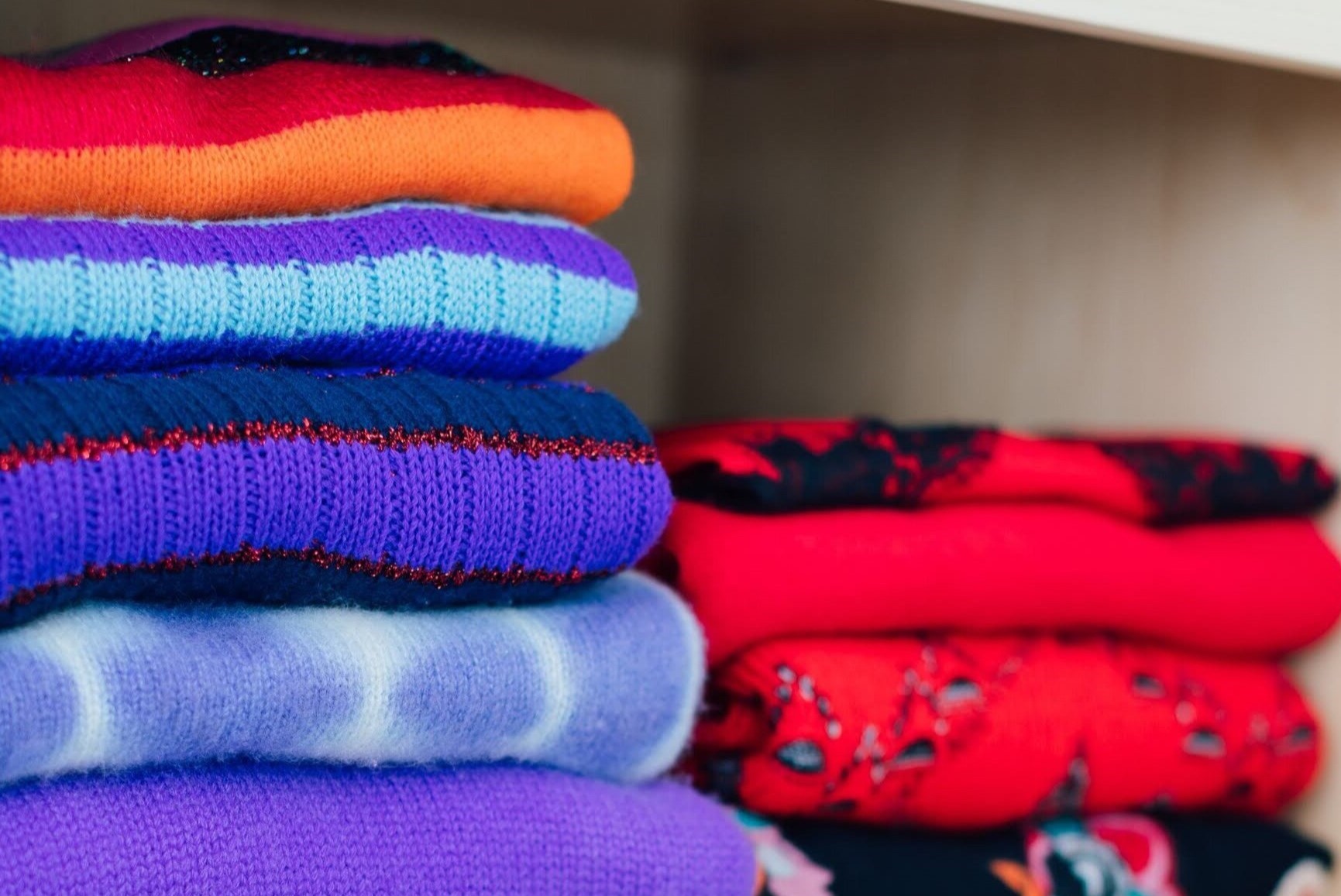
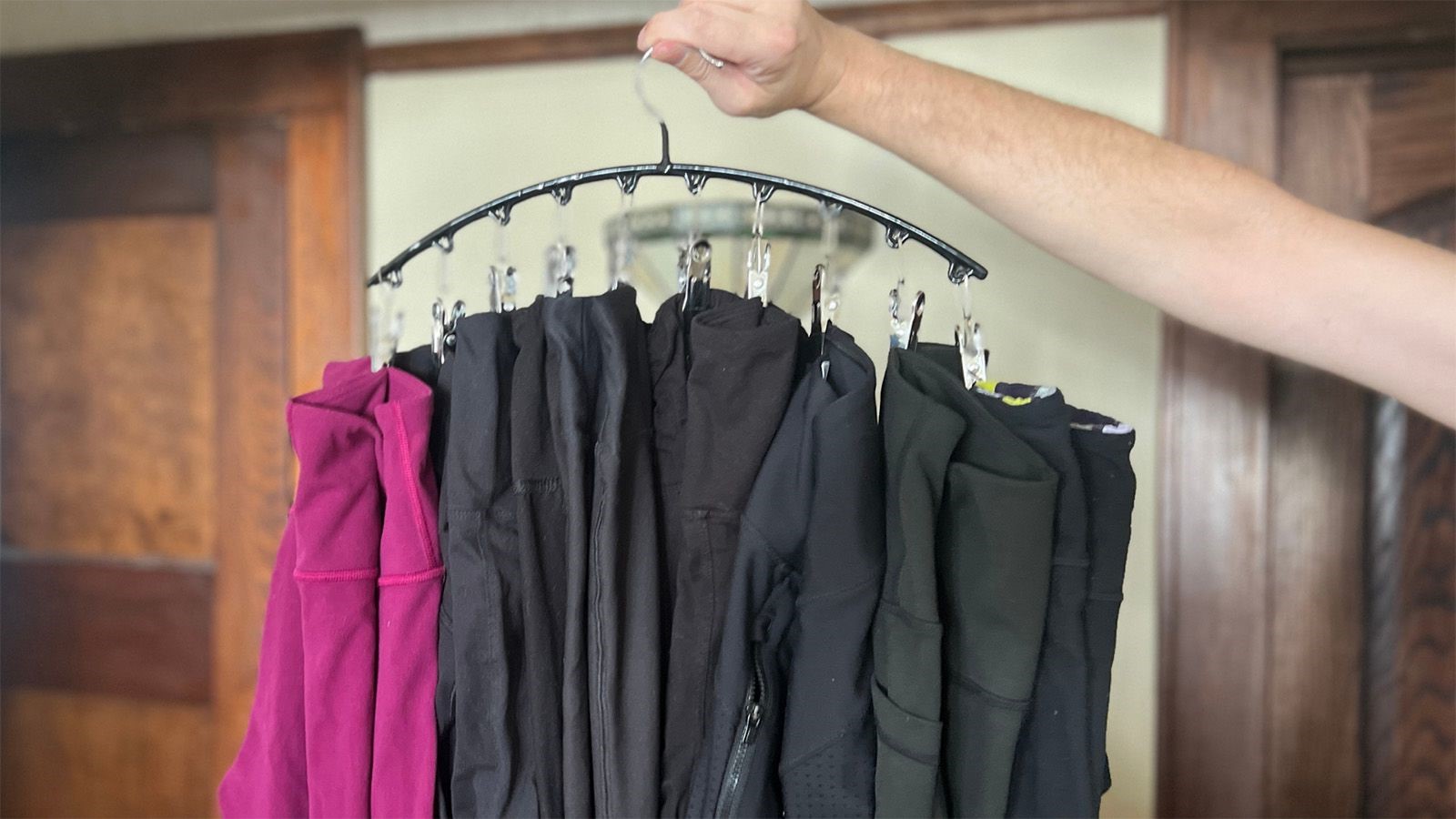


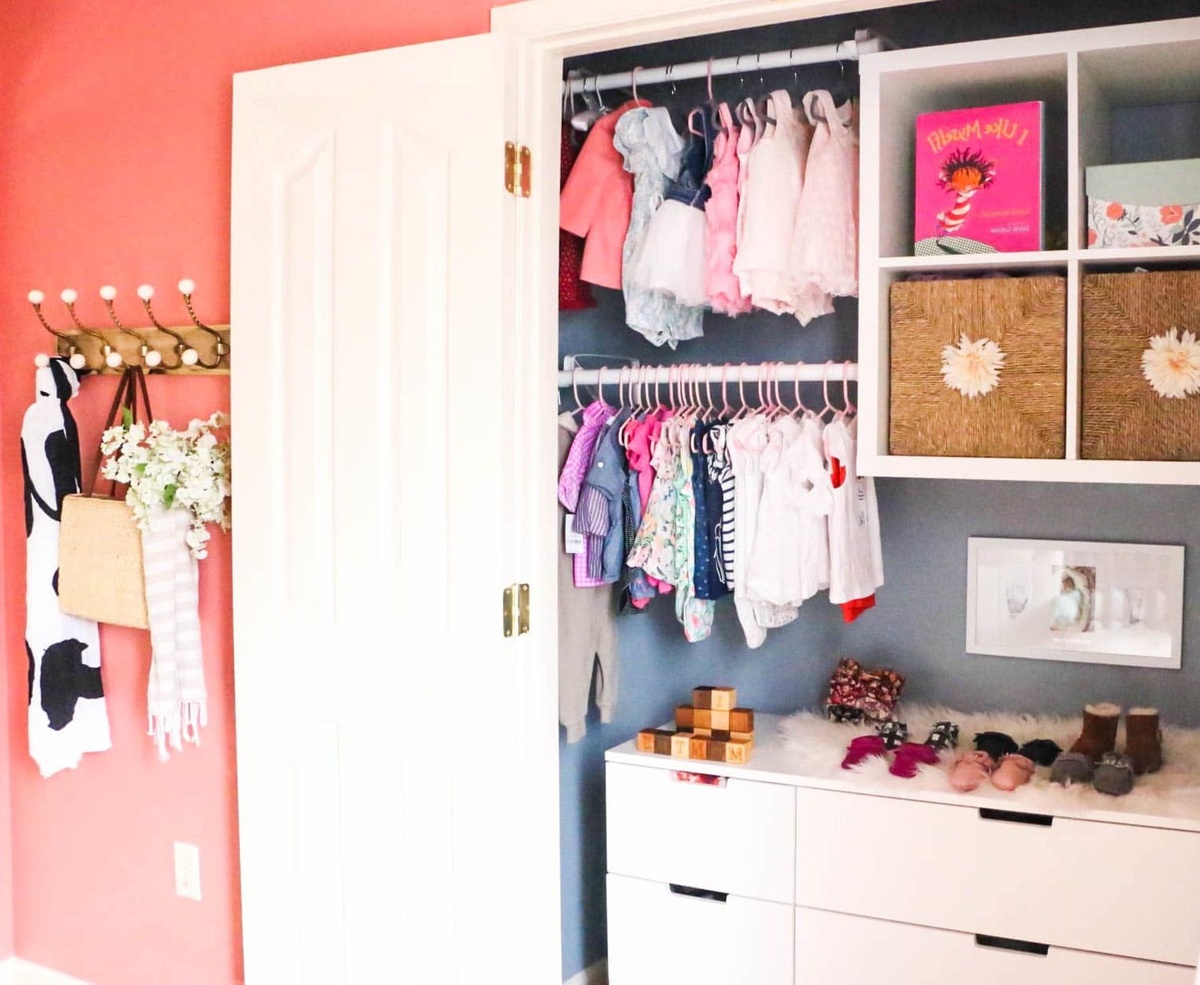
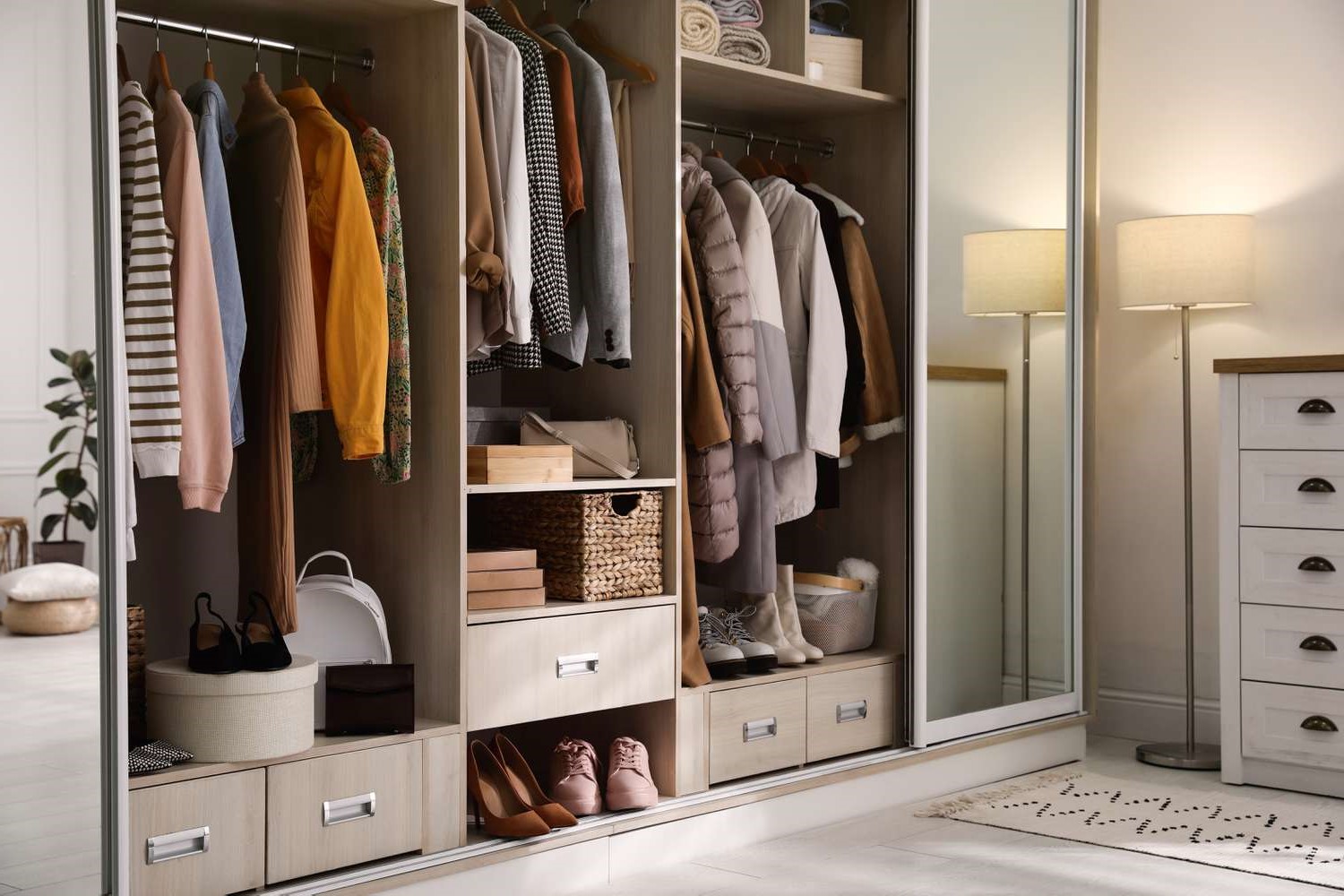

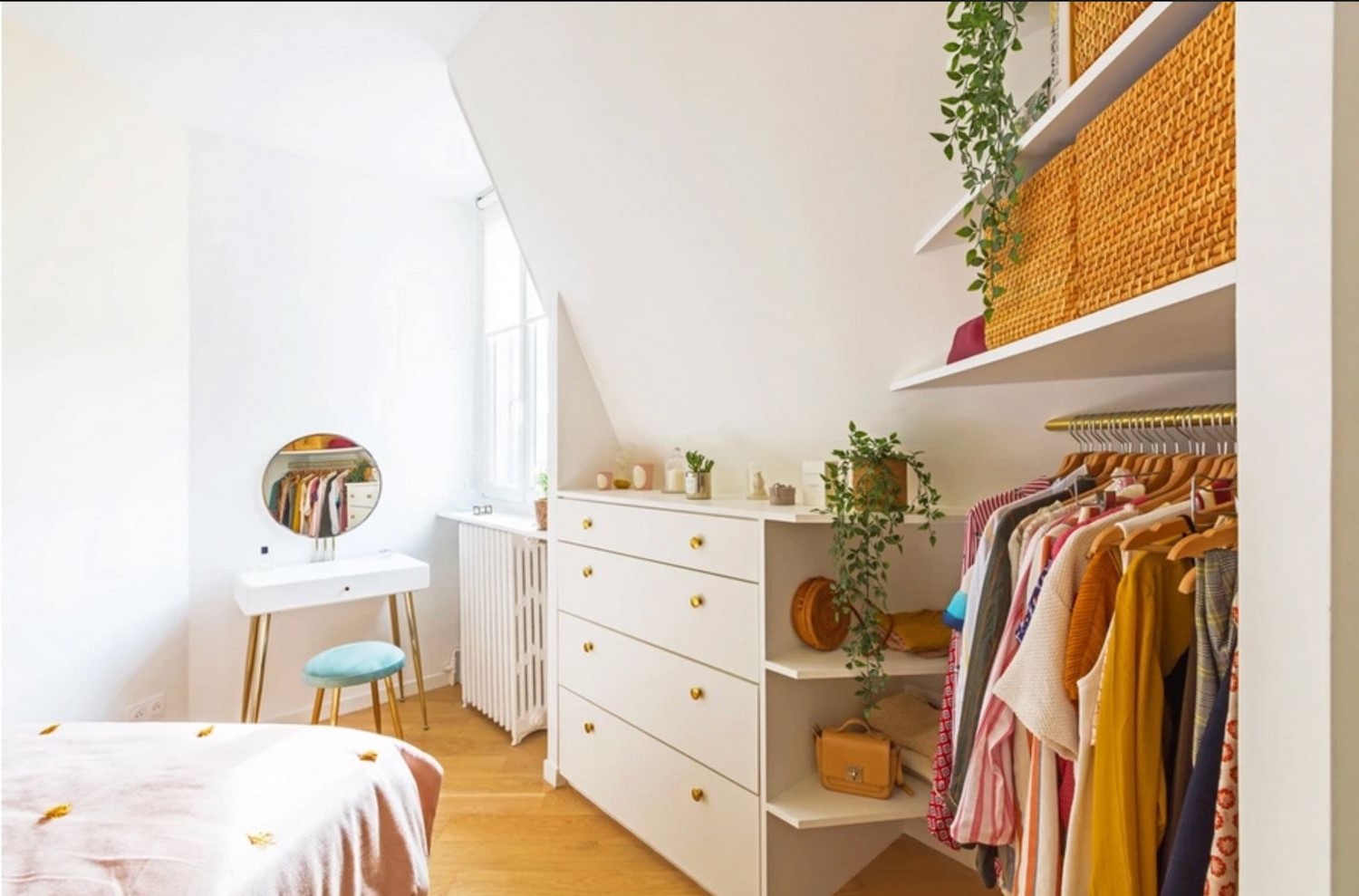

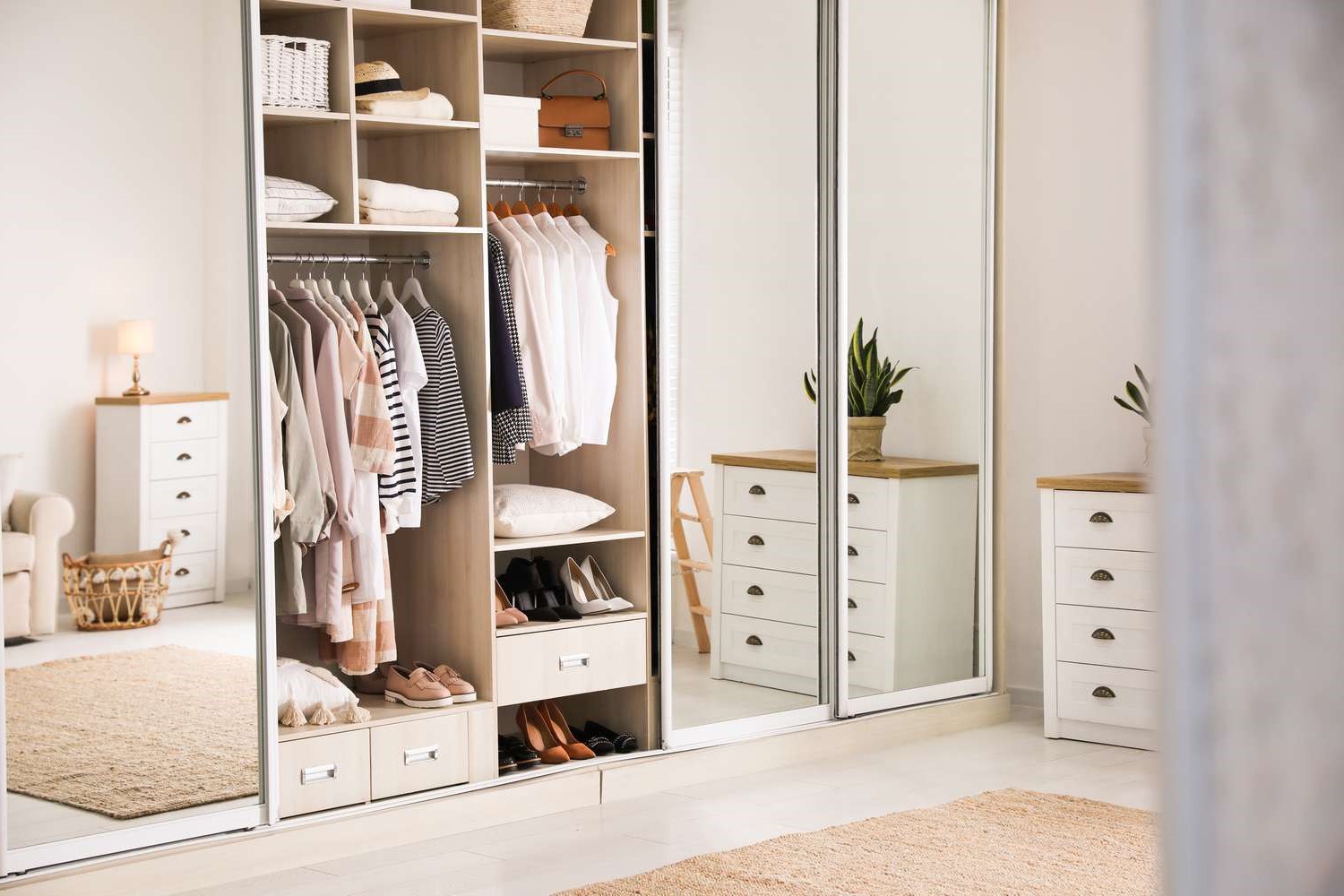
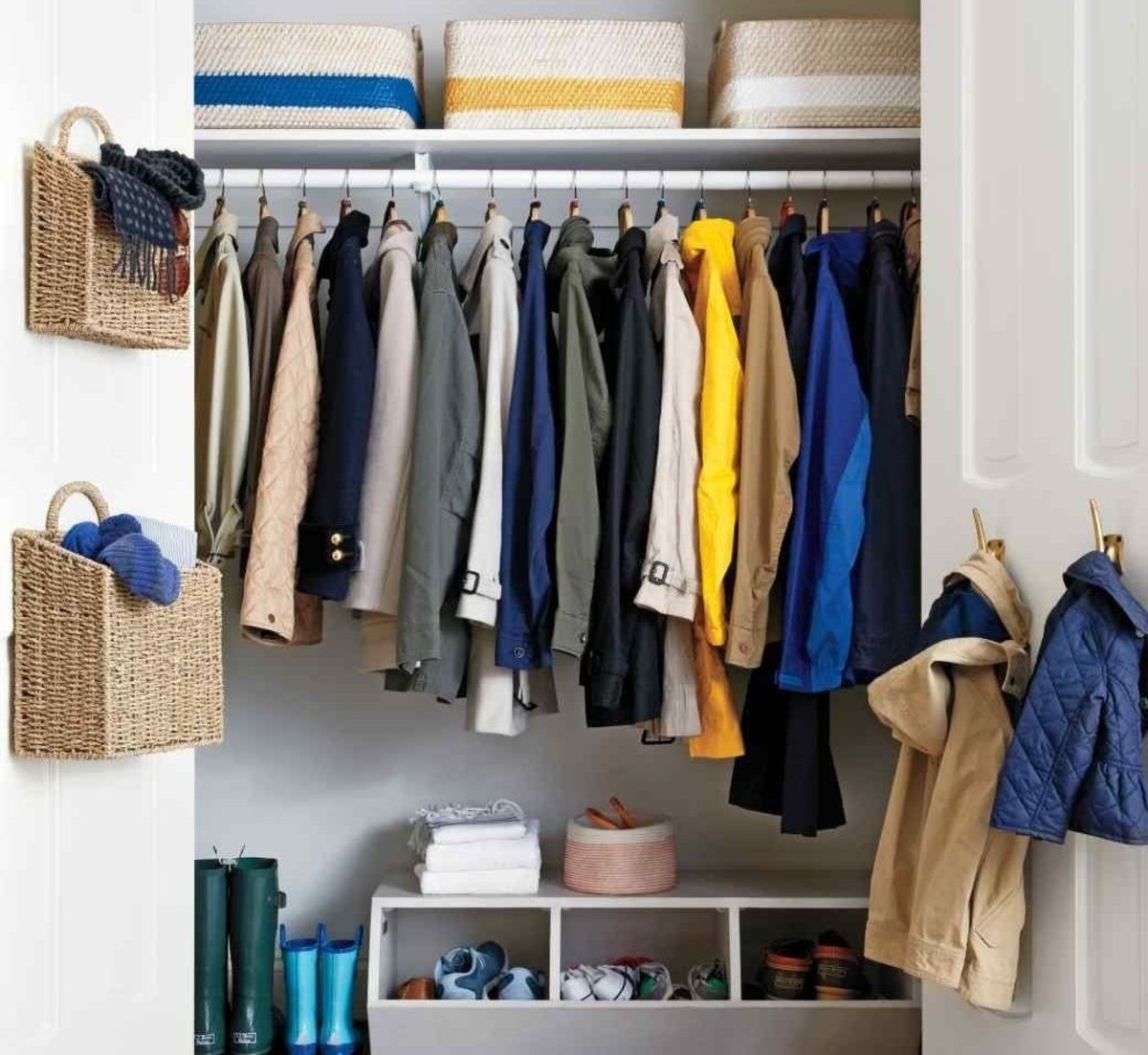
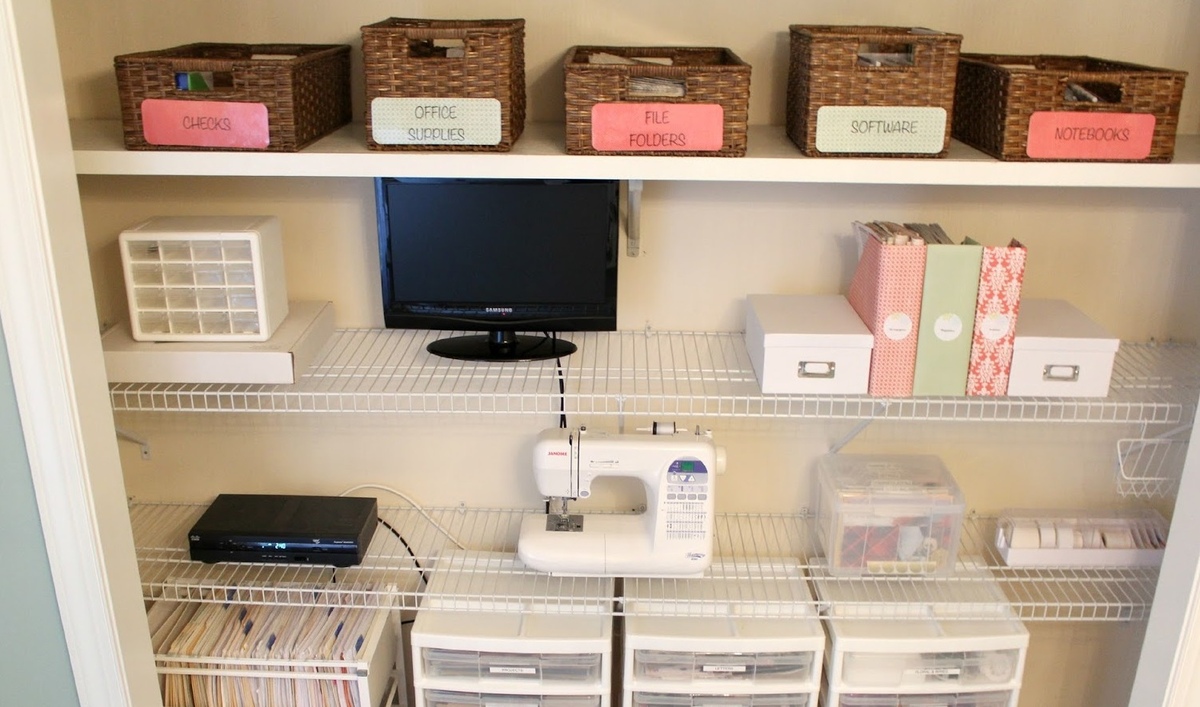
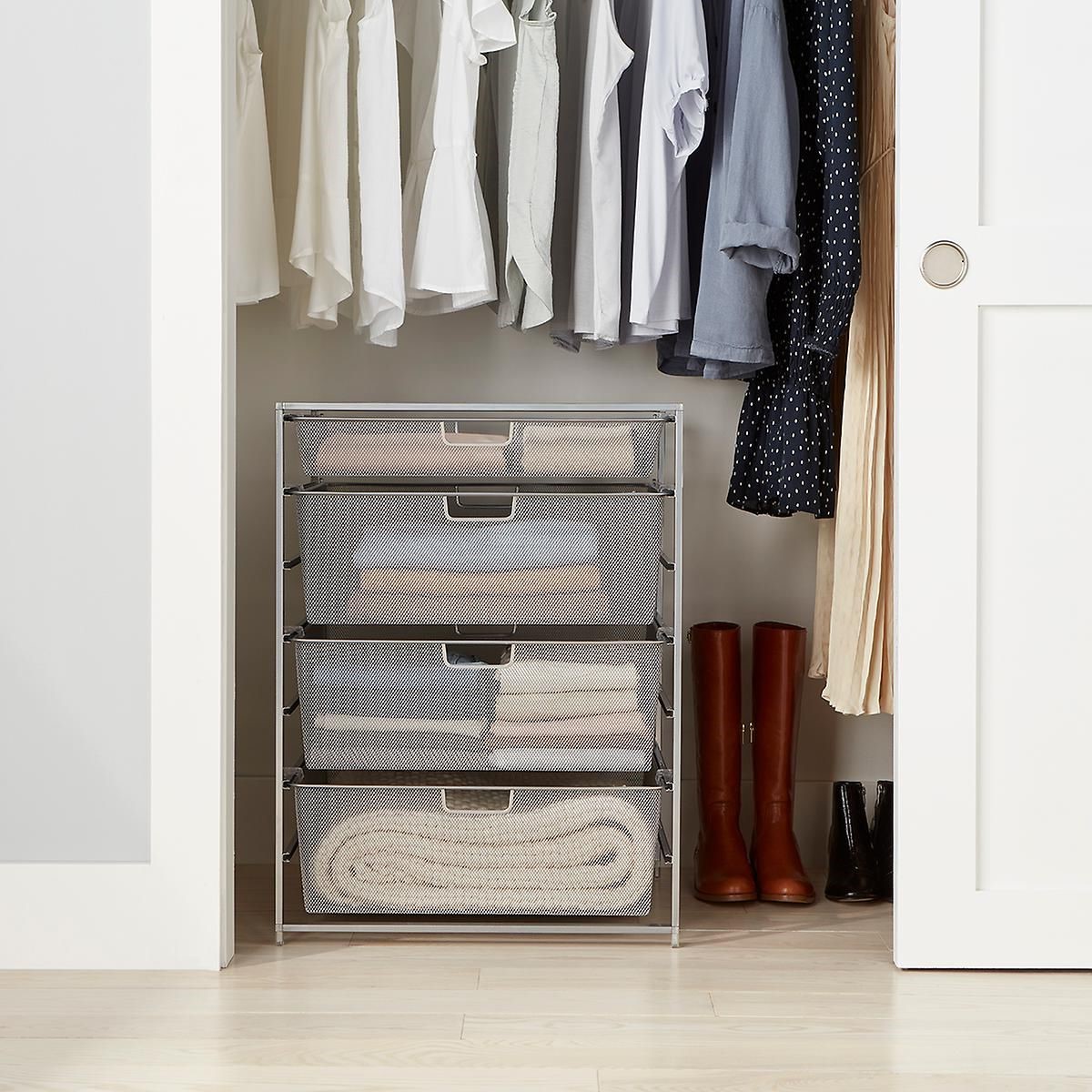

0 thoughts on “How To Organize Linen Closet”